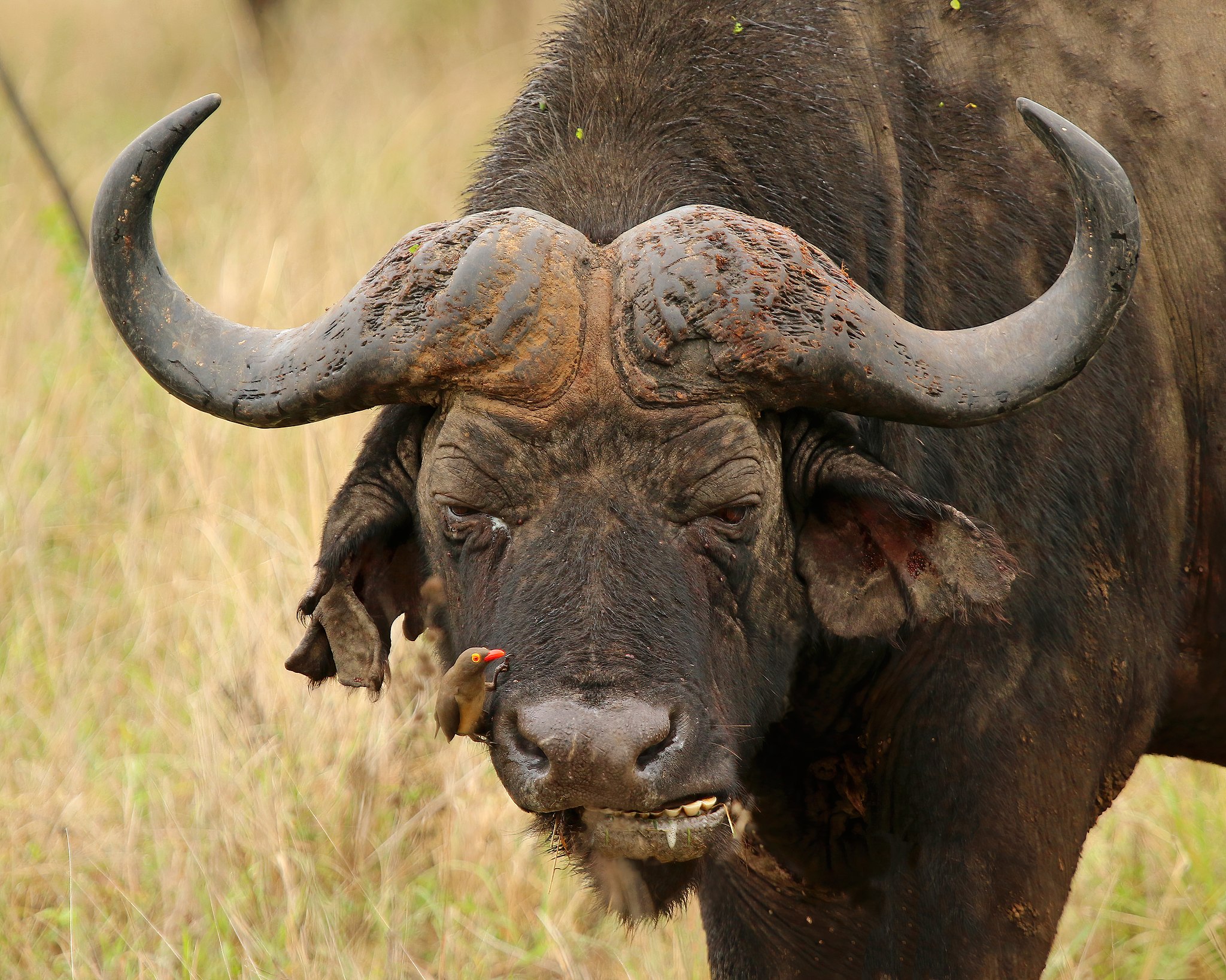
Illegal wildlife trade might be hit with a considerable crackdown in the near future. In a press release, Scientists at University of Helsinki communicated that they have developed an AI method for tackling the global multi-billion dollar business of internet illegal wildlife trading. They created 24 different neural net models capable of discerning between natural and captive contexts in order to identify images related to illegal wildlife trade on online marketplaces, with high accuracy.
This is because a relevant portion of the illegal wildlife trade now uses online marketplaces to advertise and sell live animals, as it can reach more buyers than previously possible. With the trade happening across the Internet, it proves extremely challenging to manually search through thousands of posts. At this point, methods for automated filtering are necessary.
In a new paper, published in Biological Conservation, the Helsinki Lab of Interdisciplinary Conservation Science researchers have developed an automated algorithm using machine learning to recognise such image content.
How the AI works
“This is the first-time machine vision models have been applied to deduce the context of an image to identify the sale of a live animal,” says Dr. Ritwik Kulkarni, the lead-author of this study. “When a seller is advertising an animal for sale, many times the advertisement is accompanied with an image of the animal in a captive state. This differs from non-captive images, for example a picture of an animal taken by a tourist in a national park. Using a technique called “feature visualisation“, we demonstrated that our models could recognise both the presence of an animal in the image and the surrounding environment. Thus, making it possible to flag the posts which may be selling animals illegally.”

As part of their research, the scientists trained the neural-net models on a newly created dataset, under various experimental conditions. The top performing models achieved very high accuracy and were able to discern well between natural and captive contexts. Also, interestingly, the models were tested and performed well on data acquired from a source unrelated to training data. Therefore, they showed capability to work well to the identification of other content on the Internet.
“These methods are a game changer in our work that seeks to enhance automated identification of illegal content from digital sources” says Associate Professor Enrico Di Minin, who heads the lab. “We are now upscaling this work to include more taxonomic groups beyond mammals and to develop new models that can identify image and text content simultaneously.”
Making AI methods available for use
The scientists are planning to make their methods openly available for the use of the broader scientific and practitioners’ community. They could help researchers and law enforcement officers alike by providing them with accurate data regarding illegal wildlife trade activities.
However, AI technology is not only helpful in combating illegal wildlife trading. For example, it can be useful in monitoring deforestation, tracking endangered species, recognizing coral bleaching, and more. AI’s ability to detect patterns undetectable by humans sees it as increasingly important in the field of environmental protection.








